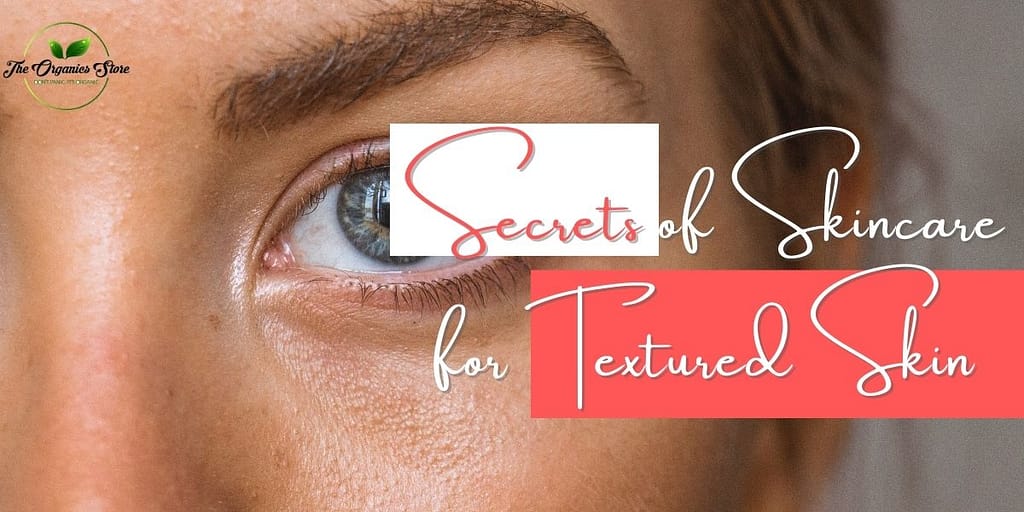Do you struggle with textured skin on your face? Are you tired of dealing with rough, bumpy patches that ruin your makeup and leave you feeling self-conscious? If so, you’re not alone. Many people experience textured skin on their face due to a variety of factors, including genetics, age, and environmental stressors.
Thankfully, there are steps you can take to improve the appearance and health of your textured skin. With the help of a skilled beautician and some simple skincare practices, you can achieve smoother, more radiant-looking skin in no time. In this article, we’ll explore some of the best techniques for skincare for textured skin on face recommended by top beauticians in the industry.
learn about Night Skincare Order
What is Textured Skin?
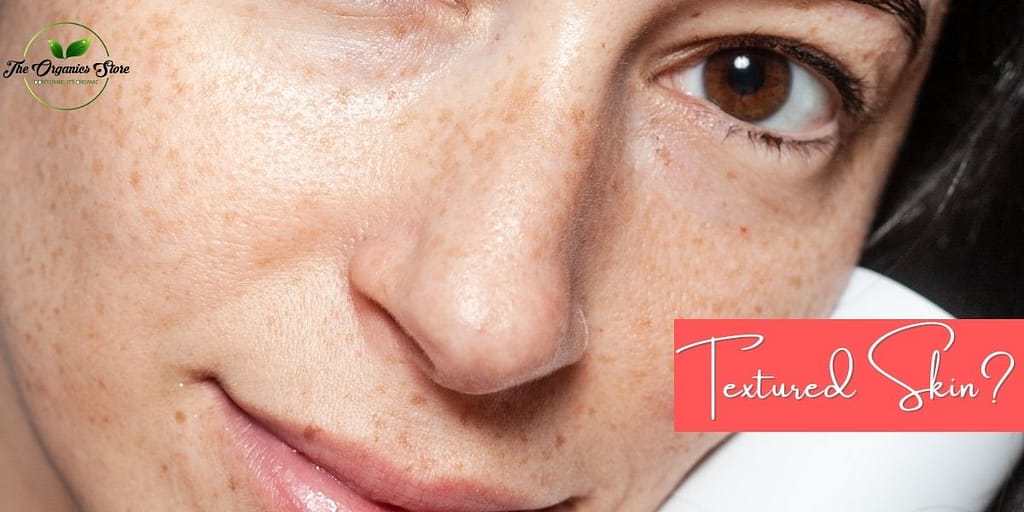
Textured skin is a common skincare concern that can affect anyone, regardless of age or skin type. It refers to unevenness or roughness on the surface of the skin and can be caused by a variety of factors such as aging, sun damage, acne scars, and genetics. If you have textured skin on your face, you may notice bumps, raised areas, or an overall lack of smoothness.
Fortunately, there are several ways to address textured skin through proper skincare routine for textured skin techniques. We will cover Important textured skin tips in this article afterward.
Discover Beautician’s Secret 4 Skincare Steps for Oily Skin
What Causes Textured Skin on Face?
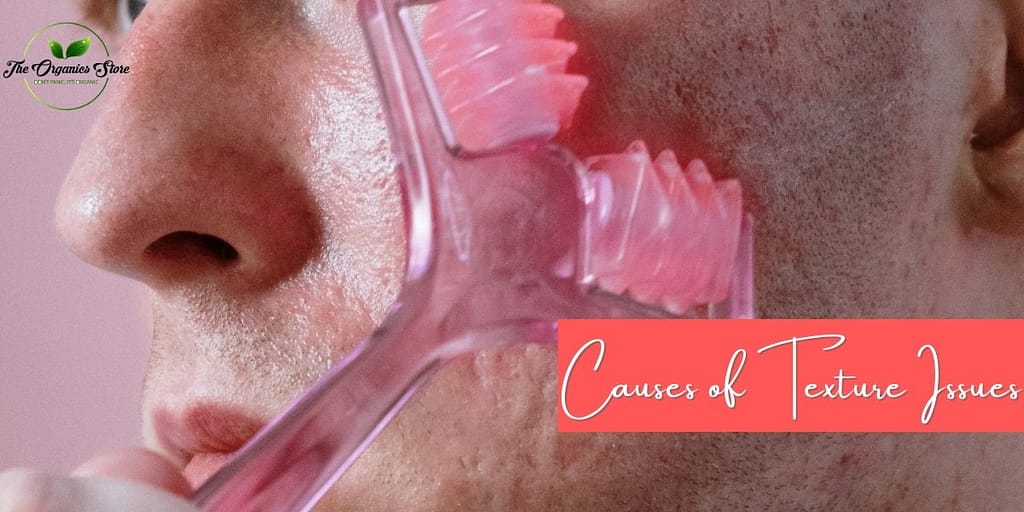
The appearance of textured skin on the face can be caused by a variety of factors, but it is often associated with dryness, congestion or inflammation. Here are a few reasons for textured skin on face:
- Excessive sun exposure is one of the most common causes of textured skin on the face. Prolonged UV radiation weakens collagen in the skin, leading to reduced elasticity and an irregular surface texture that appears dry and rough.
- Another cause for textural changes in facial skin is genetics; some people are born with naturally rough or bumpy facial textures due to their genetic makeup.
- Furthermore, certain medical conditions can lead to a change in facial texture – endocrine disorders, diabetes and autoimmune diseases can all cause damage to collagen levels and result in increased roughness or bumps on the face.
Learn Effortless 5-Step Natural Skincare for Teenage Skin
4 tips Routine Skincare for Textured Skin
Following is Our Best skincare routine for textured skin:
- Dealing with Acne and Scars
- Hydration & Exfoliation
- Ingredients to Avoid
- Products for Textured Skin
Dealing with Acne and Scars
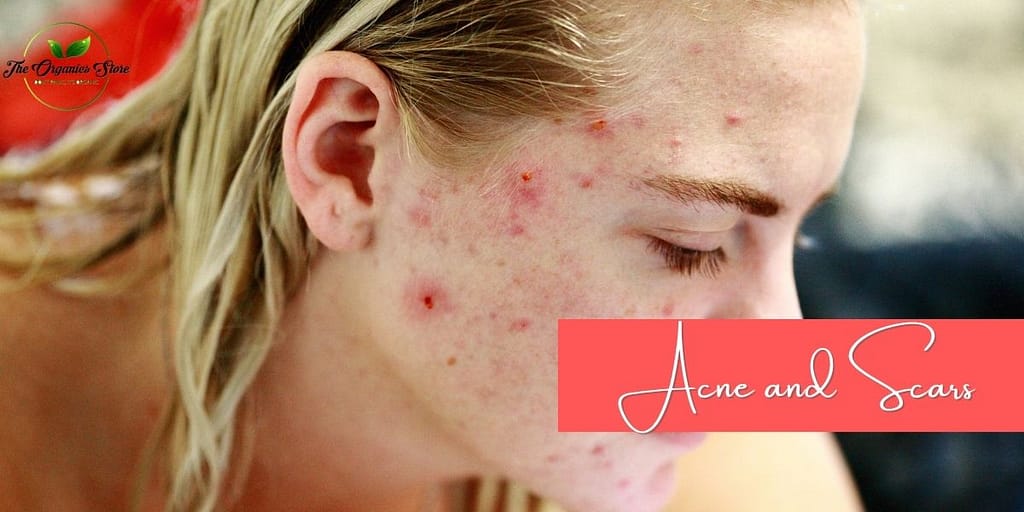
The First Important Part to fight against Textured skin on face is “Dealing Acne an Scars“. Having acne and scars can be a difficult experience for anyone. From the redness and swelling of acne, to the discoloured skin from scarring, individuals with textured skin on their face may feel helpless in achieving smoother, healthier looking skin.
Fortunately, there are many different skincare treatments that can help reduce both acne and scarring over time.
For individuals dealing with acne flair ups, it is important to start by using a gentle cleanser once or twice a day. A cleanser containing antibacterial ingredients such as salicylic acid can help reduce inflammation caused by bacteria on the surface of your skin.
Additionally, applying an oil-free moisturizer afterwards helps keep your skin hydrated without blocking pores. For severe cases of acne you should consult a dermatologist for proper treatment options such as oral medications or topical ointments.
Discover Combat Oily Skin with 5 STEP Best skincare routine
Hydration & Exfoliation
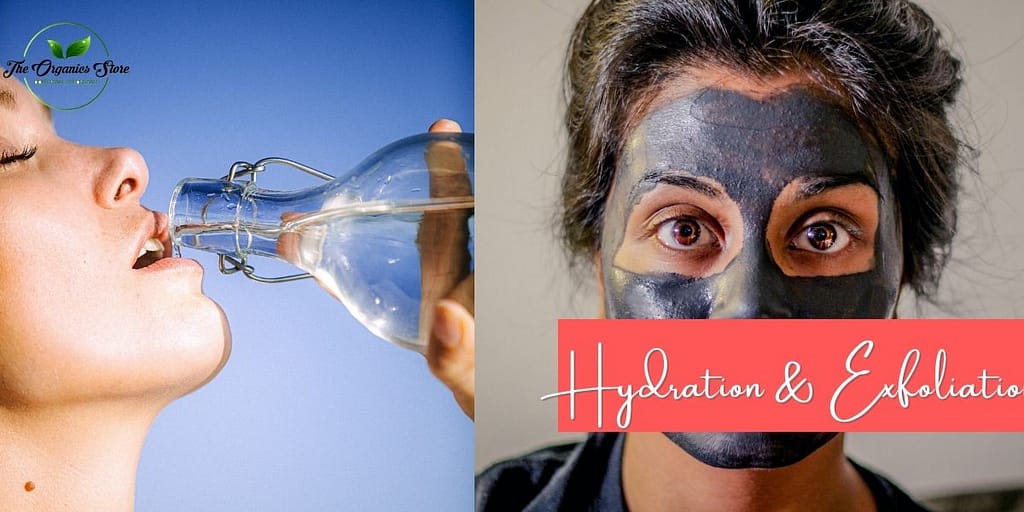
The Second Important Part to fight against Textured skin on face is “Hydration & Exfoliation“. When it comes to skincare for those with textured skin on their face, hydration and exfoliation are both essential steps. For optimal results, a proper skincare routine should include both of these elements in order to ensure that the texture of the skin is as smooth as possible.
In terms of hydration – which helps to make sure that the skin stays supple and elastic – moisturizers should be used daily to keep the face nourished and healthy. By selecting creams specifically designed for textured skin, you can lock in moisture while boosting cell turnover at the same time.
Exfoliation is also an important step when it comes to caring for textured facial skin. Gentle scrubs help loosen up dead cells from the surface, allowing serums and moisturizers to penetrate more deeply into the epidermis for maximum effectiveness.
Discover Beauticians 7 Step Skincare Routines for Acne Prone Skin
Ingredients to Avoid
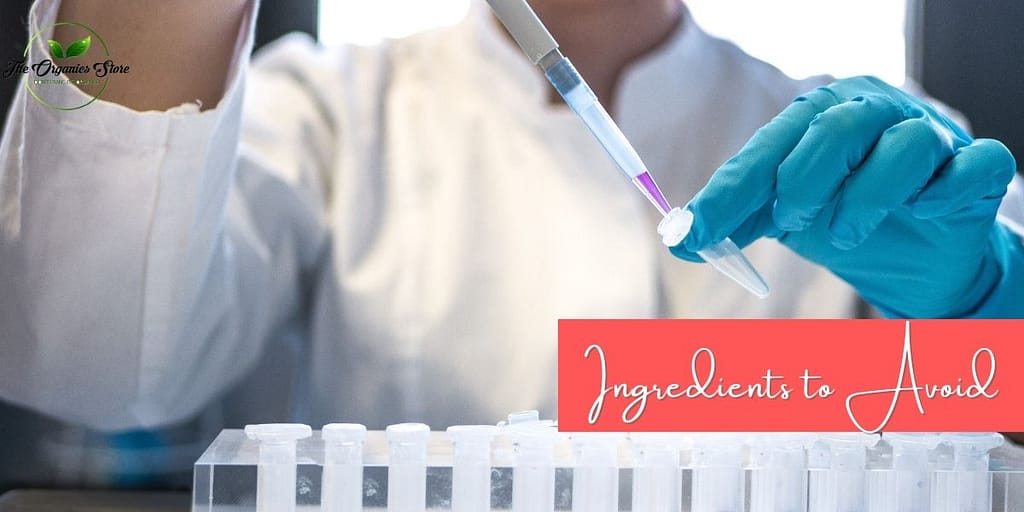
The Third Important Part to fight against Textured skin on face is “Avoiding Certain Ingredients“. When it comes to textured skin on the face, the following ingredients should not be used:
- Alcohols such as ethanol, isopropyl alcohol, ethyl alcohol, and benzyl alcohol are all drying agents that can strip away moisture from your face. This can lead to irritation and further damage or dryness of already textured skin.
- Additionally, fragrances found in products such as perfumes and essential oils may cause inflammation or allergic reactions that could make existing texture worse.
Products for Textured Skin
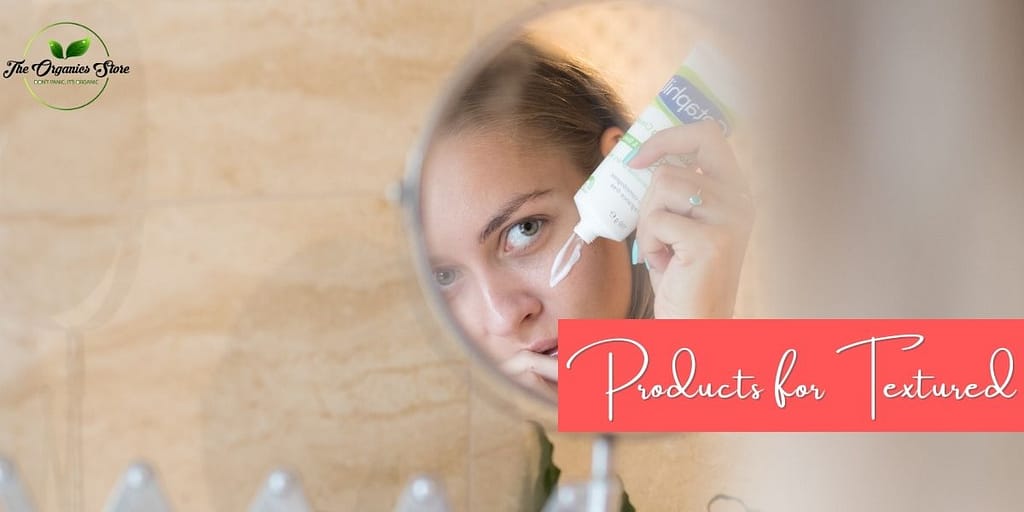
The Forth and Last Important Part to fight against Textured skin on face is “Products that work best“.The first step in finding the right products is understanding why your skin has texture in the first place.
This could be due to age, genetics, hormonal changes or different environmental factors. Once you understand what’s causing the issue, you can find products that will effectively target it and give you the results you want.
For example, if wrinkles are causing textured skin on your face then serums packed with antioxidants might help diminish them over time.
Additionally, retinol creams and gentle exfoliators can also help even out lines caused by aging or sun damage.

